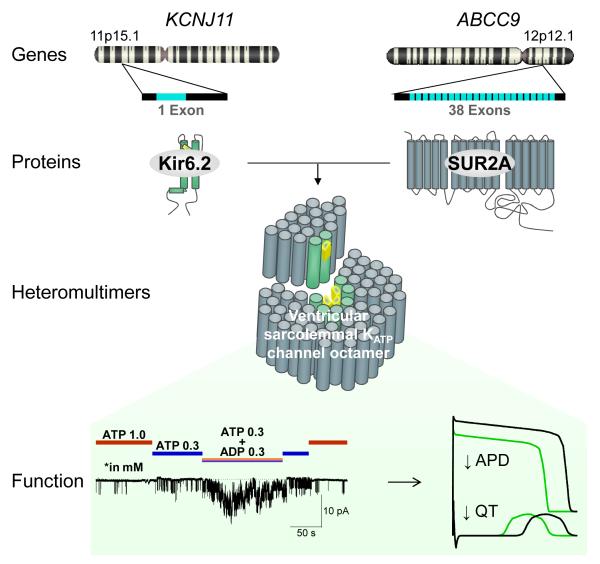Figure 1. Structure and function of ventricular sarcolemmal KATP channel complexes.
The pore-forming KCNJ11-encoded Kir6.2 subunit assembles with the regulatory ABCC9-encoded SUR2A protein to form heteromultimeric KATP channels abundantly expressed in the ventricular sarcolemma. The defining feature of KATP channel operation is adenine nucleotide-dependent gating, ensuring high-fidelity coupling between the cellular energetic state and membrane electrical activity. Intracellular ATP keeps KATP channels closed under normal conditions, while ADP promotes channel opening in response to metabolic challenge. KATP channel opening under stress translates into shortening of the cardiac action potential (↓APD) and accelerated repolarization (↓QT).

